Bloody Sunday: The victims
 BBC
BBCThirteen people were shot dead when soldiers opened fire on marchers during a civil rights march in Londonderry on 30 January 1972.
It became known as Bloody Sunday and these are the victims:
Patrick Doherty
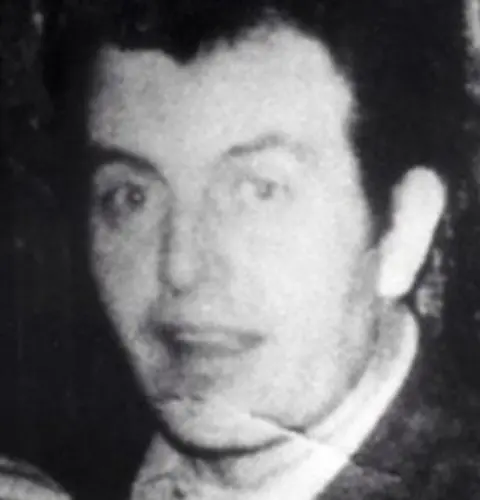 PA
PAMarried father-of-six Patrick Doherty, known as Paddy, was 31 years old when he joined the march.
He worked in the city's Du Pont factory and was an active member of the Northern Ireland Civil Rights Association.
Mr Doherty died as he was trying to crawl to safety.
In the Saville Report - a re-examination of the events of Bloody Sunday carried out by Lord Mark Saville and published in 2010 - said Mr Doherty was unarmed.
The inquiry also found there was "no doubt" he was shot by Soldier F, who changed his story over the years.
The Widgery Inquiry - announced the day after Bloody Sunday and chaired by Lord Widgery - largely cleared the soldiers and British authorities of blame, although he described the soldiers' shooting as "bordering on the reckless".
That earlier inquiry said that if the soldier had shot Mr Doherty in the belief he had a pistol, that belief was "mistaken".
Gerald Donaghey
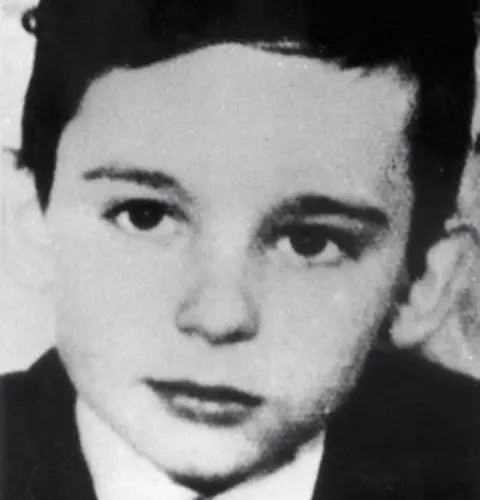 PA
PAThe 17year-old was a member of the IRA's youth wing, Fianna na Éireann.
He had become involved in the civil unrest and had been jailed for six months for rioting the year before.
A police photograph taken shortly after he was pronounced dead showed a nailbomb in Mr Donaghey's pocket.
A soldier later said he had found four nailbombs among Mr Donaghey's clothing.
Widgery dismissed claims that the devices had been planted after death - saying nobody had offered any evidence to the contrary.
But the Saville Inquiry heard that neither the soldier who first examined Mr Donaghey nor the Army medical officer who received him at an aid post had found anything suspicious when they checked the teenager.
In conclusion, Saville found the nailbombs were "probably" on Mr Donaghey but said he was not preparing to throw them at the time nor was he shot because he was carrying them.
The report said he was shot by Soldier G while trying to escape from the soldiers.
John Duddy
 PA
PAOne of a family of 15, the factory worker is thought to have been the first to be killed.
The 17-year-old boxer, known a Jackie, had represented his club in bouts across Ireland and in Liverpool.
He had attended the march "for the craic" with his friends and against his father's advice.

The picture above shows a group of people carrying the dying teenager though the streets of Derry, lead by the then Fr (later Bishop) Edward Daly waving a bloodied handkerchief.
It became one of the enduring images of Northern Ireland's Troubles.
The Saville report concluded Mr Duddy was unarmed and "probably" shot by Soldier R, as he ran away from soldiers.
Widgery said he had not been armed and was probably hit by a bullet intended for someone else.
Hugh Gilmour
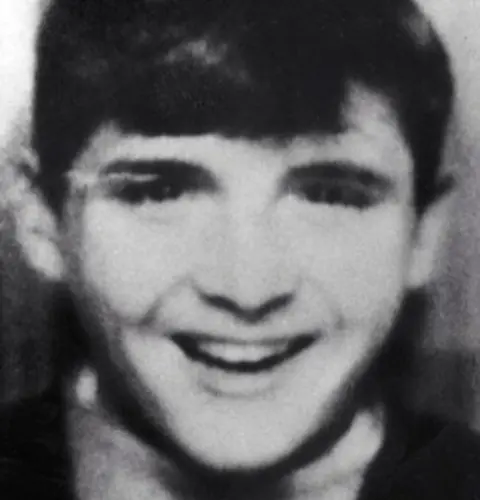 PA
PAThe 17-year-old was the youngest of eight children and a trainee tyre fitter.
He was shot as he was running away from the soldiers in a crowd of up to 50 people.
A woman said she heard him cry "I'm hit, I'm hit". A single bullet had struck him in the chest and arm.
The teenager was pulled to safety behind a barricade but died shortly afterwards.
Saville said Mr Gilmour was unarmed and Soldier U had fired at him as he ran away from the soldiers.
Widgery concluded Mr Gilmour was not shot from behind and had probably been standing on a barricade when he was hit.
Michael Kelly
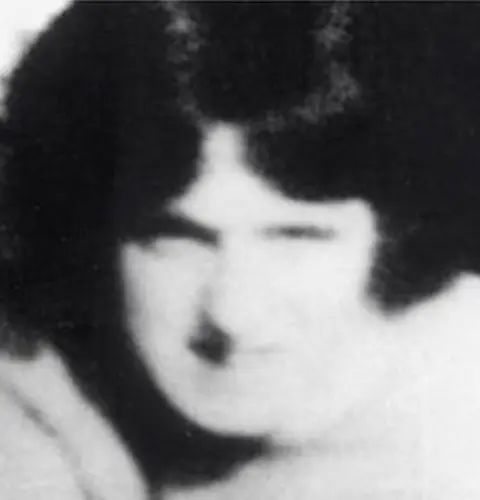 PA
PAThe 17-year-old had been training to be a sewing machine mechanic and the march was his first taste of the civil rights movement.
He went, his family said, because his friends were going.
He was shot in the stomach near a barricade.
He was carried to the safety of a house and died in an ambulance on the way to hospital.
At Saville, Soldier F admitted that he had shot Michael Kelly - but said that he had only fired at people with bombs or weapons.
However, Saville concluded Mr Kelly was unarmed.
Widgery said forensic tests found firearms residue on Mr Kelly's right cuff and that indicated he was close to someone who was firing at the soldiers from the barricade.
"But I do not think that this was Kelly, nor am I satisfied that he was throwing a bomb at the time when he was shot," said Widgery.
Michael McDaid
 PA
PAThe second-youngest of a family of 12, the 20-year-old worked as a barman.
Mr McDaid was arrested but then escaped out of the back of an Army vehicle before being shot near a barricade.
Saville concluded that Mr McDaid was unarmed and he was shot by either Soldier P, Soldier J or Soldier E.
Widgery could not identify who had fired the shot.
Forensic tests found lead particles on Mr McDaid's jacket and right hand, and Widgery discounted the possibility that the clothing and body had been contaminated by residue from soldiers or their vehicles.
Kevin McElhinney
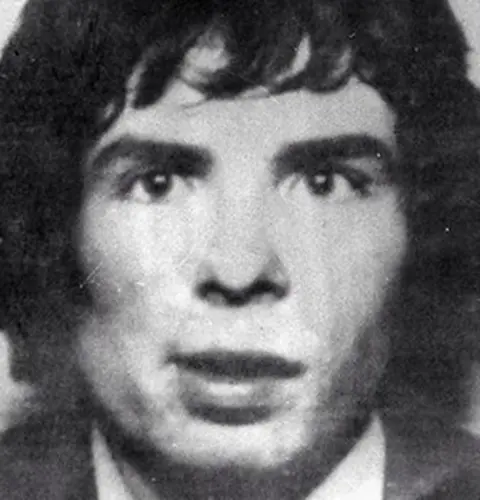 PA
PAThe 17-year-old was the middle child of five and was described as a hardworking supermarket employee.
He was shot as he tried to make his way to safety.
Saville said Soldier L or Soldier M shot Mr McElhinney, who was "unarmed", as he crawled away from the soldiers. It suggests they probably did so on the orders of senior officers.
Widgery said the firer was probably "Sergeant K".
"He described two men crawling from the barricade in the direction of the door of the flats and said that the rear man was carrying a rifle. He fired one aimed shot but could not say whether it hit.
"Sergeant K obviously acted with responsibility and restraint."
Bernard McGuigan
 PA
PAA 41-year-old married man with six children, Bernard McGuigan was a factory worker and handyman.
Shot as he went to the aid of Patrick Doherty, Mr McGuigan was waving a white handkerchief as a single bullet struck the back of his head.
He fell to the ground, beside a 19-year-old paramedic.
"He raised his hand in the air and shouted 'Don't shoot, don't shoot'. And seconds later he was just shot and landed in my lap."
Saville found there was "no doubt" Soldier F had shot an unarmed Mr McGuigan.
Widgery said forensic tests had found lead residue on his hands and a scarf, consistent with the cloth having been wrapped around a revolver that had been fired.
His widow denied the scarf belonged to her husband, and Widgery concluded it was not possible to say whether Mr McGuigan was using or carrying a weapon.
Gerard McKinney
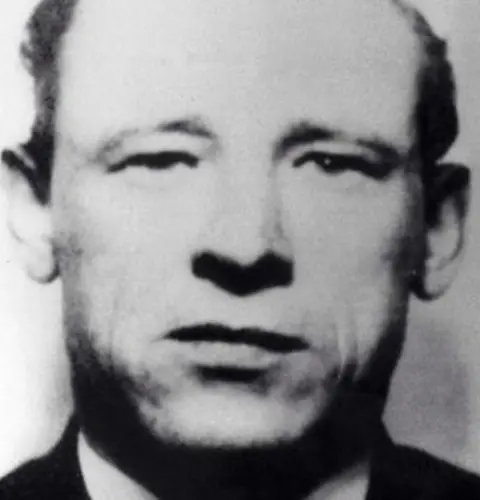 PA
PAA father-of-eight whose youngest was born eight days after his death on Bloody Sunday and named after him.
Mr McKinney managed a junior soccer team and ran the city's Ritz rollerskating rink.
The 35-year-old was shot as he tried to make his way to safety.
The Saville Report concluded Soldier G, a private, shot an "unarmed" Gerard McKinney. That bullet passed through him before hitting another victim, Gerald Donaghey.
Widgery said his death was one of the most confusing episodes of the day and that forensic tests found no evidence that Mr McKinney had handled weapons.
William McKinney
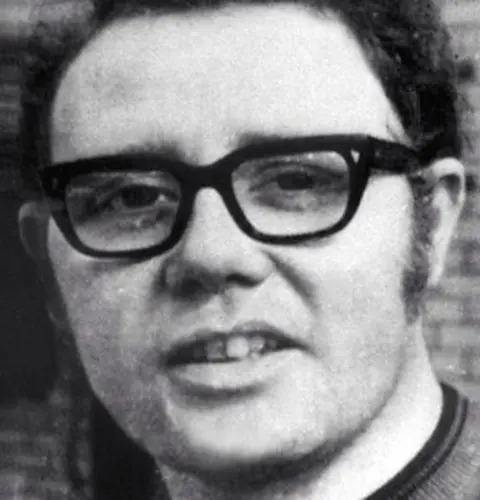 PA
PAA printer at the Derry Journal newspaper, the 27-year-old was the oldest of 10 and was engaged to be married.
A keen amateur photographer, he had set out to film the Bloody Sunday march on a camera he had received as a Christmas present.
Like Gerald McKinney (no relation), he was in a group and was shot as he ran for cover.
"Willie was not a stone-thrower, a bomber or a gunman. He had gone to the civil rights march in the role of amateur photographer," said the newspaper's tribute to him.
Saville said there were four soldiers - E, F, G or H - who could have fired at Mr McKinney and another victim, Jim Wray. Up to five more people were injured by the same group of soldiers.
All four soldiers insisted they had shot at people carrying bombs or firearms - claims rejected by Saville.
The Widgery report put William McKinney's death in the same category as Gerald McKinney - both men had been shot without justification.
In March 2019, the Public Prosecution Service said there was enough evidence to prosecute Soldier F for the murders of James Wray and William McKinney.
On 2 July 2021, it was announced the prosecution of Soldier F would not continue.
Reviews of the cases were prompted by the collapse of the trial in Belfast of two other veterans for Troubles-era offences.
The PPS said that given "related evidential features", it concluded "there was no longer a reasonable prospect of key evidence in proceedings against Soldier F... being ruled admissible".
William Nash
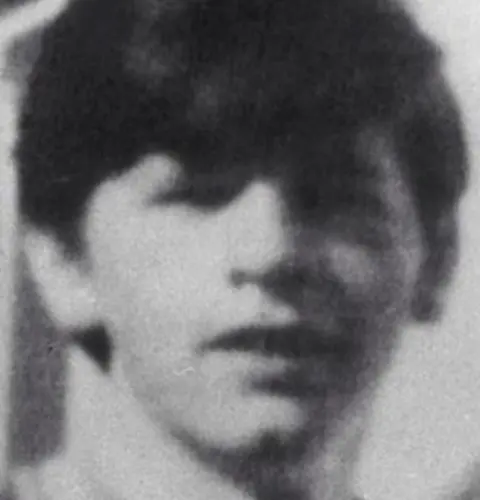 PA
PAThe 19-year-old dock worker was the seventh of 13 children and the brother of Olympic boxer Charlie Nash.
Mr Nash was shot in the chest near a barricade. Alexander Nash saw his son being shot and went to help him, and was then shot himself.
Saville concluded that shots fired by Soldier P, Soldier J and Soldier E, caused the deaths of William Nash, as well as victims Michael McDaid and John Young.
The inquiry rejected claims that the three soldiers fired because the men were armed.
Soldier P told Widgery that he had returned fire after a man consistent with Mr Nash's description had fired first.
"In view of the site of the injury it is possible that Soldier P has given an accurate account of the death of Nash," said the report.
James Wray
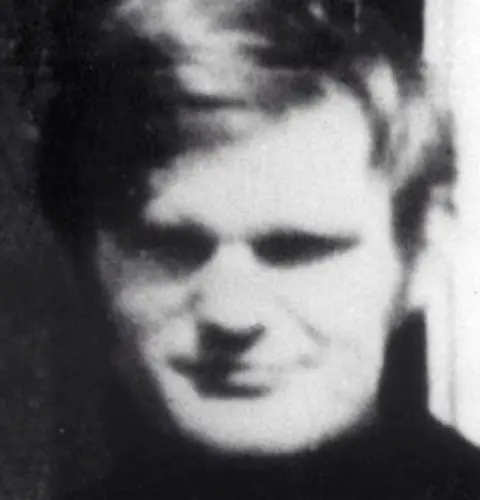 PA
PAThe 22-year-old had worked in England for some time and was engaged to an English girl.
Friends said he was outgoing and worked in a city bar and dancehall at weekends.
His entire family had attended the march after going to Mass together.
Mr Wray's death, like that of Gerald McKinney and William McKinney, happened during the chaos as people ran for cover.
Saville said Mr Wray, who posed no great danger, was shot twice in the back and there were four soldiers who could have fired at him - soldiers E, F, G or H.
The second shot was probably fired as he lay wounded, said Saville, meaning there could have been "no possible justification".
Widgery said there was no photographic evidence of what had happened to Mr Wray, but he had been in the general vicinity of where soldiers claimed that civilians had opened fired.
On 2 July 2021, it was announced the prosecution of Soldier F for the murder of James Wray and William McKinney would not continue.
John Young
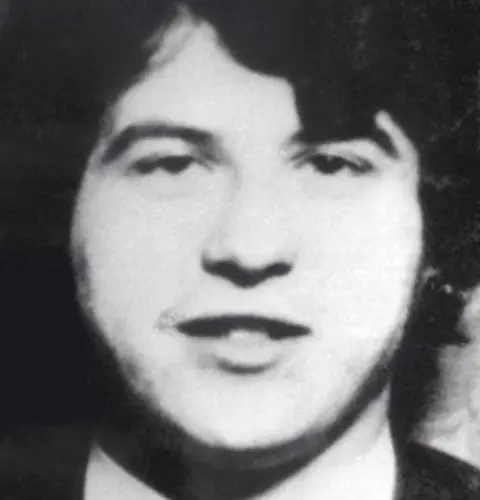 PA
PAThe 17-year-old was the youngest of six and worked in a menswear shop.
He was shot near a barricade as he tried to take cover.
Saville concluded John Young was killed in the same shooting incident that claimed the lives of William Nash and Michael McDaid.
He also said he was unarmed and shot by soldiers P, J or E.
One witness told Widgery that Mr Young had gone to help another teenager who had been shot.
Widgery said: "Young was undoubtedly associated with the youths who were throwing missiles at the soldiers from the barricade and the track of the bullet suggests that he was facing the soldiers at the time."
